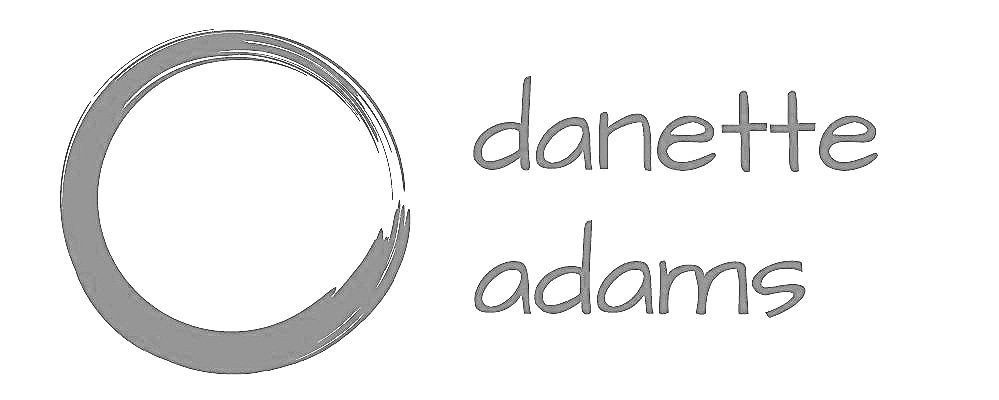performance anxiety
Testing, testing!
In my role as an educator, it is most certainly during test-taking situations that student anxiety increases to distracting and limiting levels. Blocked by adrenaline power surges inappropriate for the situation and streaming negative self-talk, it is no wonder students are unable to effectively show what they know.
But students in academic assessment situations are not the only ones who experience a nervousness that impairs performance. An important job interview. Presenting a cutting-edge proposal. Initiating a difficult conversation. Speaking in public. Even going on a first date! A little adrenaline goes a long way but too much can knock you off your game and meeting a challenge in a state that resembles being overly-caffeinated may not be the best game plan.
To keep the vein-coursing energy at beneficial levels and to prevent mental blocks, consider the following suggestions as part of any pre-performance warm-ups.
1. Come on in and make yourself uncomfortable
Notice where the discomfort has settled in your body. Nerves can manifest in unpleasant heart-pounding episodes, neck and shoulder tightness, stomach clenching, sweating or even nausea. What is showing up for you and where?
Once you’ve located your specific area of tension, begin to notice a place in your body that is feeling just fine. Perhaps your earlobes are feeling particularly dandy and not carrying even a smidgen of anxiety. Or the pads of your fingers. Or the hairs on your forearm. Not sure about you but my arm-hairs are characteristically slothful and rarely get riled up.
Now you will become aware that you are holding two realities at once in your singular experience. Tension and relaxation in balance and harmony within one body, one mind. The anxiety, the nerves and the panic are not in charge even though they obnoxiously make the most noise. Because it is just an illusion, you can choose not to hand over the reins of your attention to the chronically chatty nervous system. With this awareness, the two can co-exist quite peacefully.
 2. Hit the ground sitting
2. Hit the ground sitting
Grounding can be done in many ways but this method works best when sitting in a chair at a desk or table. Sit comfortably so that the soles of your feet are flat on the ground. Being barefooted here would be even better. Notice their connectedness to an immovable ground, a solid foundation.
Folding forward, lower your head bringing your forehead directly to the surface in front of you or you can choose to place your hands on the surface first with your forehead on your hands. You may notice immediately the calming effect of folding forward and resting your head. Do you remember in grade school when the teacher, at the end of her classroom management rope, would forcefully exclaim “heads down on your desks!’ Clearly she knew the power of a resting forehead.
With feet on ground and head on table, allow your breath to flow smoothly and evenly through your nostrils into your belly. Recall your specific areas of discomfort, and on each inhale, draw the breath to that area. On each exhale, release the area as if you are exhaling the tension. Do this methodical breathing for three to five breaths. At this point, do a check in with yourself to see if you need to stay for a few more deep inhales and exhales.
3. What exactly are you saying?
“Whether you think that you can, or that you can’t, you are usually right.” Henry Ford nailed this one right on the head. In the face of a possibly ego-toppling performance that is before you, what are you saying to yourself? What are your “I am” statements? I am going to fail. I am not ready. I am not good enough. What reality are you creating with your own thoughts?
If you have time to challenge the negative, reactive “I am”s before your challenge, then do so. Liberation from them will create a new reality of “I am”s. I am going to do well. I am ready for anything. No matter what the outcome, I am good enough. You can choose your truth by the very words you use. And without the blockages created by faulty thinking, the currents of performance energy can flow freely.
But, if time is limited, practice ‘shelving’. After the breathing exercise, take the muddying mind clutter and put it on a shelf until you have time to re-script. Shelving can be done by recording concerns in a Worry Journal, by visualizing the thoughts being put on a shelf or by trapping the thoughts in a mason jar like I suggested in an earlier post. Find a shelving technique that works for you.
Practice noticing the discomfort, the intentional grounding and choosing to make your thoughts work for you regularly so when you are faced with a nerve-jangling challenge, these techniques will be at your fingertips. And if all the stars are aligned, your fingertips will be feeling oh-so-fine and quite sublime!


